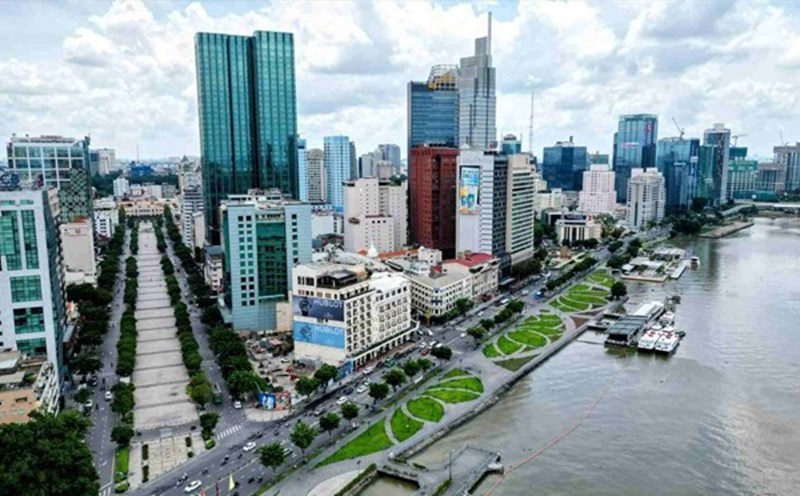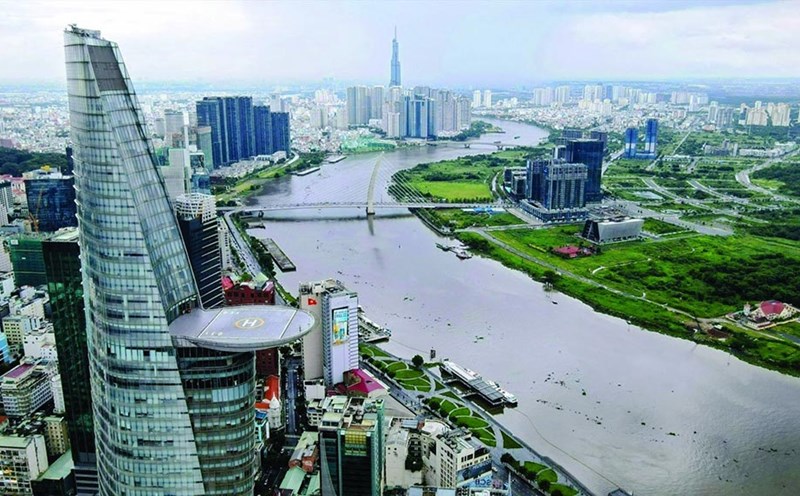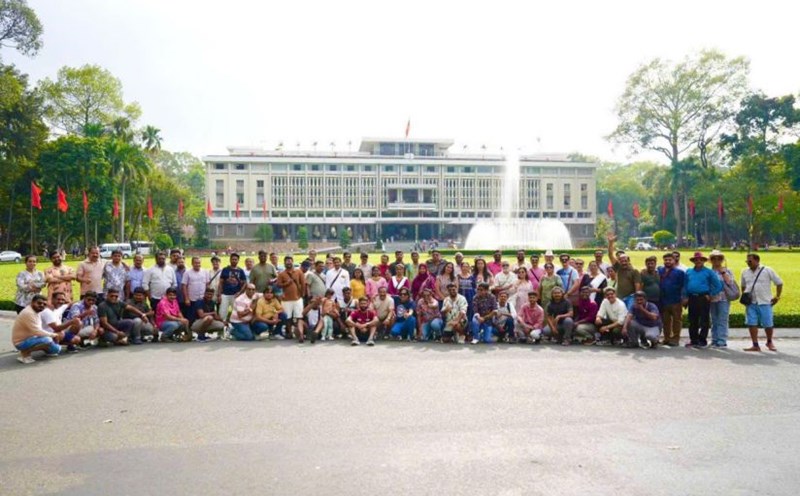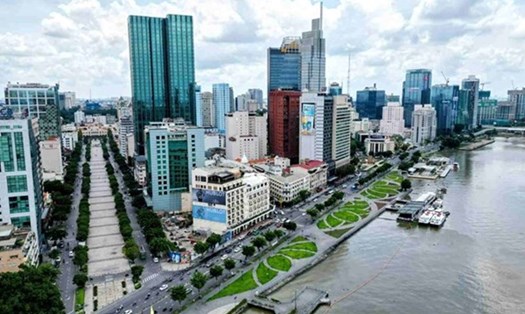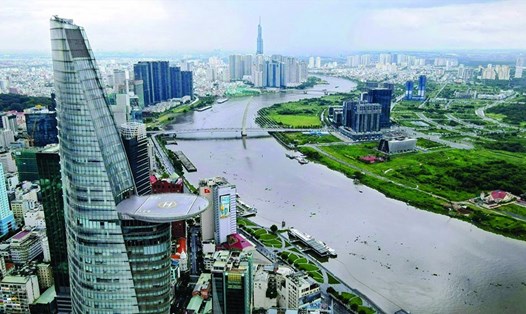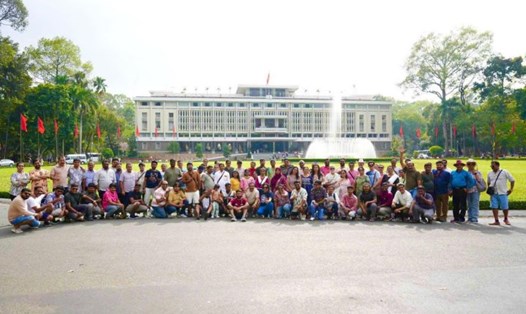After expanding administrative boundaries, Ho Chi Minh City has entered a new development stage with clear advantages in terms of space and tourism resources.
The merger of Ba Ria - Vung Tau, Binh Duong provinces with Ho Chi Minh City will not only help Ho Chi Minh City increase in area and population but also create conditions to form a diverse tourism ecosystem - from modern urban areas, islands, traditional culture to industrial parks. This is an important foundation for Ho Chi Minh City to promote the development of MICE tourism (resort tourism combined with conferences, event organization) - a segment with great potential but still not exploited effectively.
Speaking to Lao Dong Newspaper, Ms. Huynh Phan Phuong Hoang - Deputy General Director of Vietravel Tourism Company commented that after expanding administrative boundaries, Ho Chi Minh City will not only have the appearance of a modern city, but also a coastal, industrial and cultural city. These are special factors to develop MICE tourism.
"We expect Ho Chi Minh City to become the largest MICE tourism center in the Southeast region in the future. This is also the common wish of many businesses under the Ho Chi Minh City Tourism Association" - Ms. Hoang said.
However, to realize that, Ms. Hoang emphasized that the city needs to soon build a legal corridor and support policies for the MICE customer segment, similar to the way of many other countries in the region.
For example, Korea has a detailed support policy for each group of visitors on a scale of 50 visitors, 100 visitors to 500 visitors or 1,000 visitors. Each level has an appropriate incentive mechanism.
In addition, the visa issue is also a barrier that needs to be removed, especially for large groups coming to Ho Chi Minh City in particular and Vietnam in general.
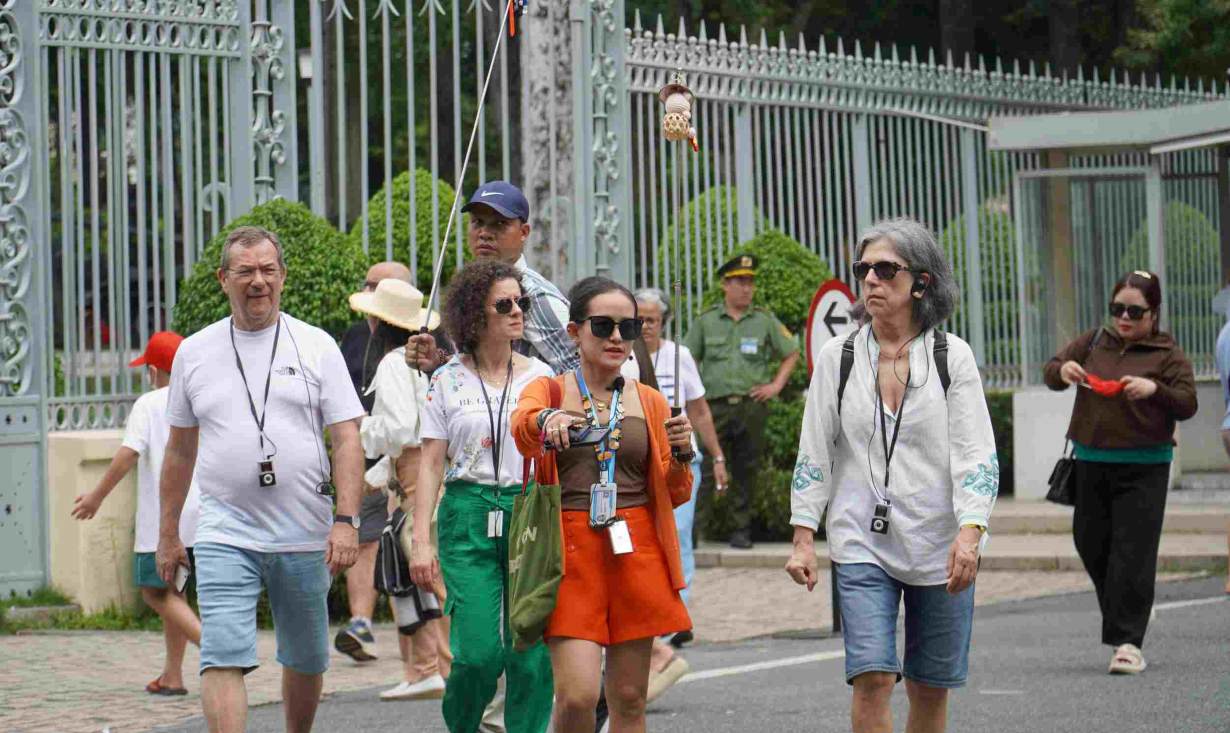
In terms of development potential, this enterprise has organized many MICE groups in Ho Chi Minh City, especially groups from other provinces and cities. However, the number of international MICE groups to Ho Chi Minh City is still not large. International visitors often choose destinations such as Da Nang or Hanoi.
"The merger of boundaries creates conditions to extend the length of stay of guests, expanding the space for events. The problem is to calculate how to organize in the central area and expand to other destinations such as Vung Tau, Binh Duong (old) to be reasonable. With close coordination and synchronous policies, Ho Chi Minh City can completely become a leading destination for domestic and international MICE customers" - Ms. Hoang shared.
In fact, Ho Chi Minh City (old) has left its mark on the MICE map of the region and the world for many years. For example, Ho Chi Minh City was honored at the World MICE Awards 2024 with the title of Asia's Leading MICE Tourism Destination, marking 5 consecutive years of maintaining this position.
However, awards and achievements are only the first step. To maintain attraction and enhance its position, Ho Chi Minh City needs to promote investment, creativity and proactively remove bottlenecks in attracting visitors, especially in the international segment.
The Ho Chi Minh City Department of Tourism stated that the new Ho Chi Minh City with diverse resources, a large market, and a complete infrastructure is facing the opportunity to transform strongly. Thereby, becoming a multi-estscape, modern and sustainable tourism center of the country and the region.
Ho Chi Minh City aims to become a leading tourism center in Southeast Asia by 2030, not only attracting tourists, but also creating inspiration and motivation for innovation for Vietnam's tourism industry.
According to the City Pulse 2025 survey, Ho Chi Minh City ranks 2nd out of 65 cities globally with the best "keeping" of residents. It can be seen that this ranking is also an advantage to position Ho Chi Minh City as a "long-term - effective" destination in the MICE tourism promotion strategy.

